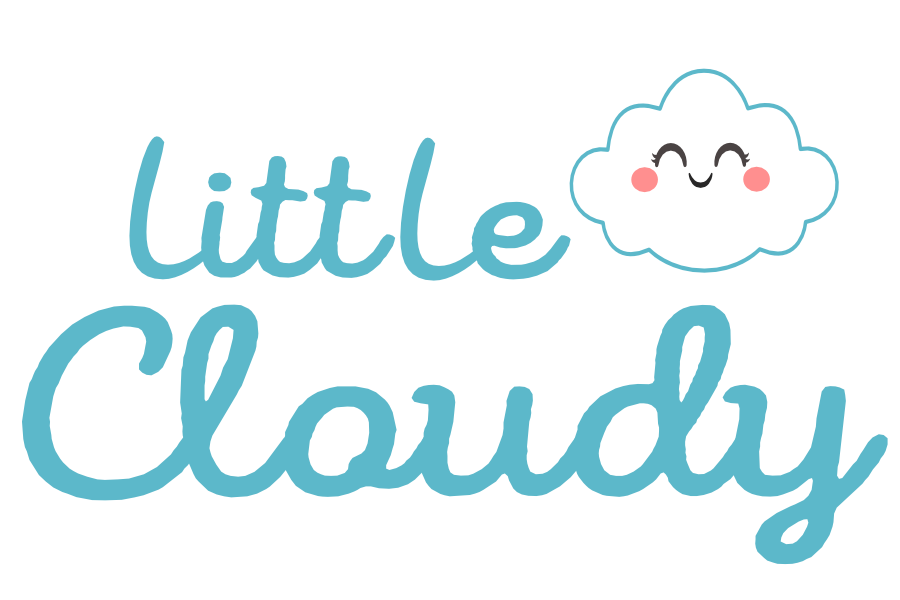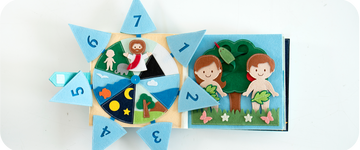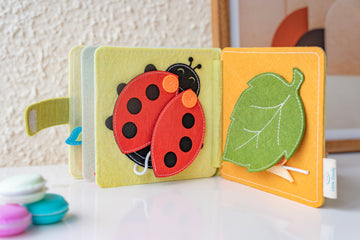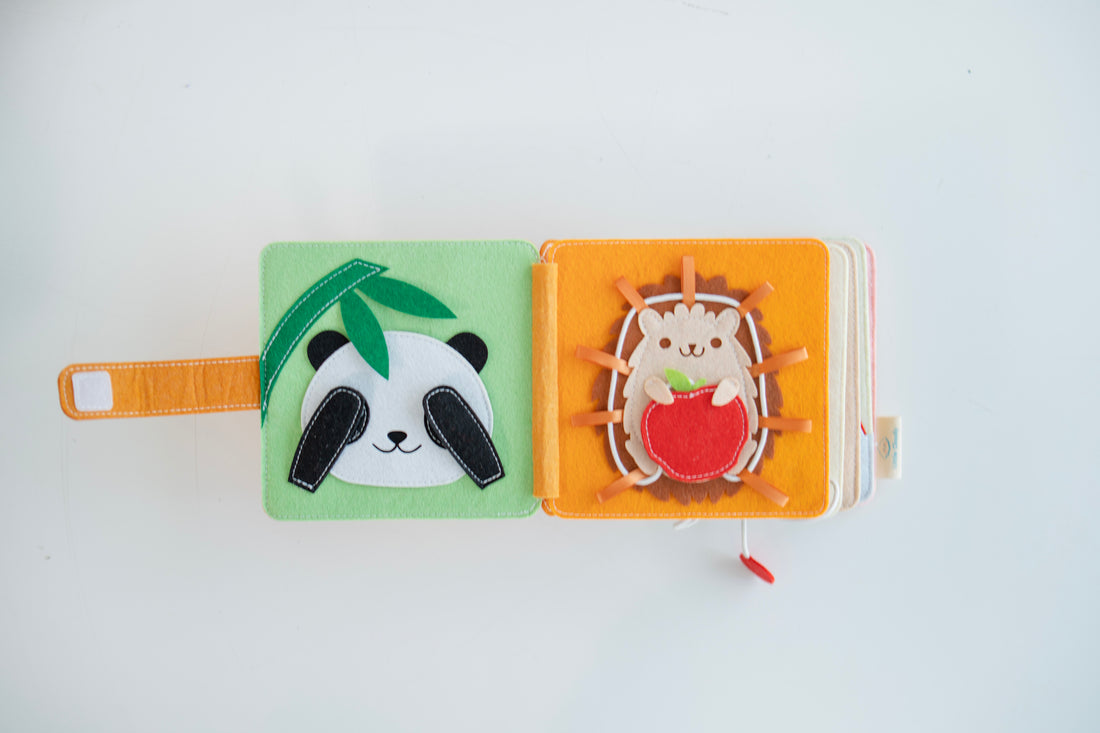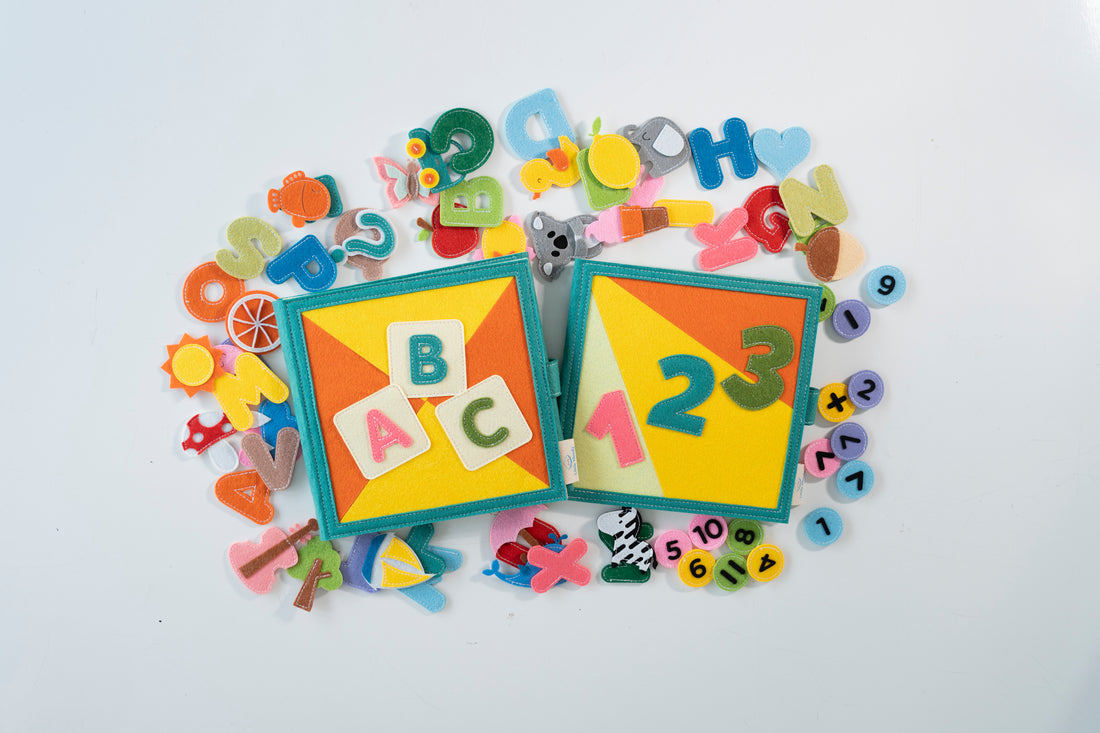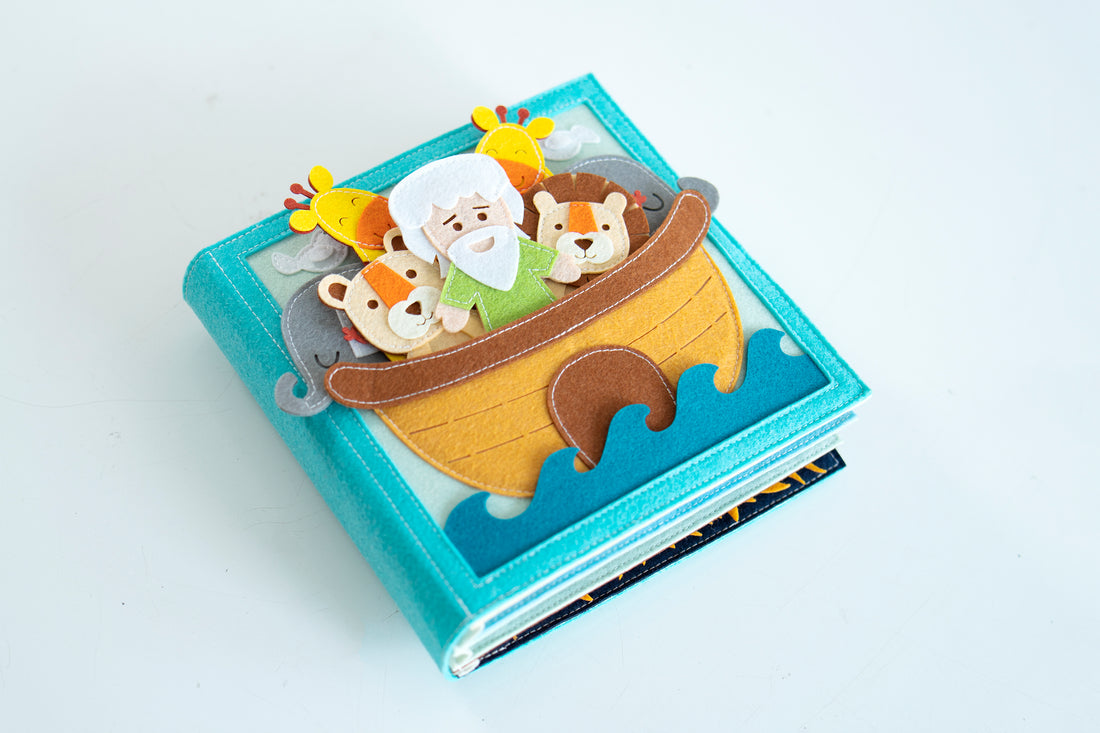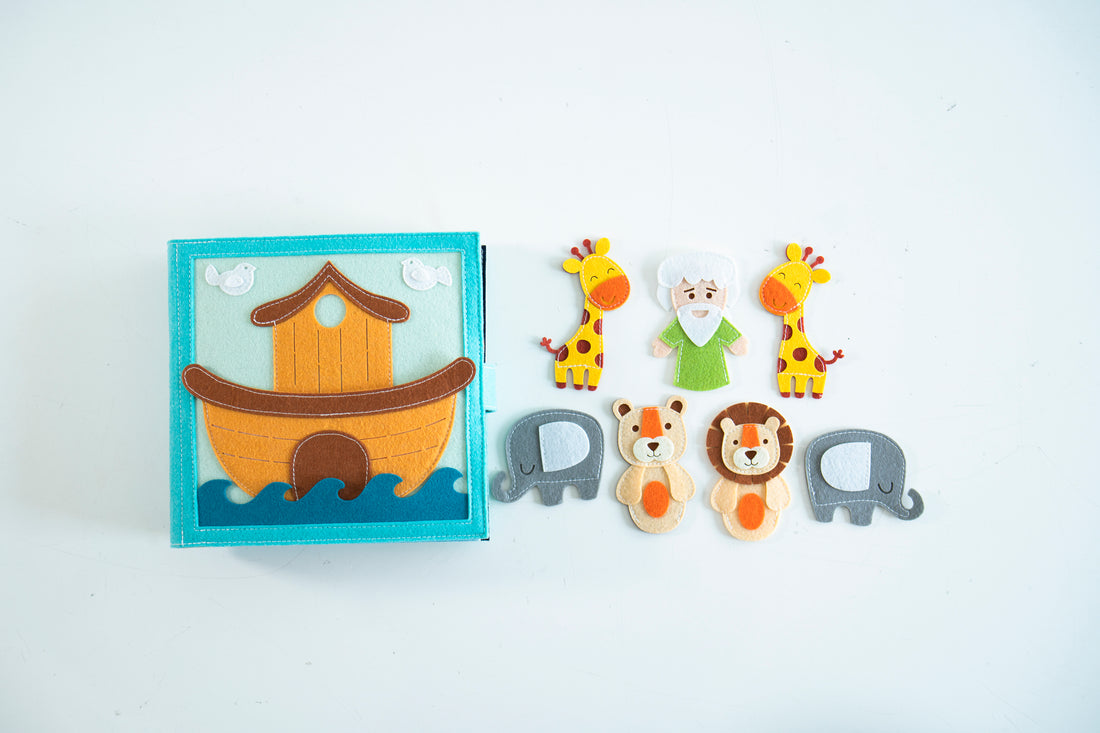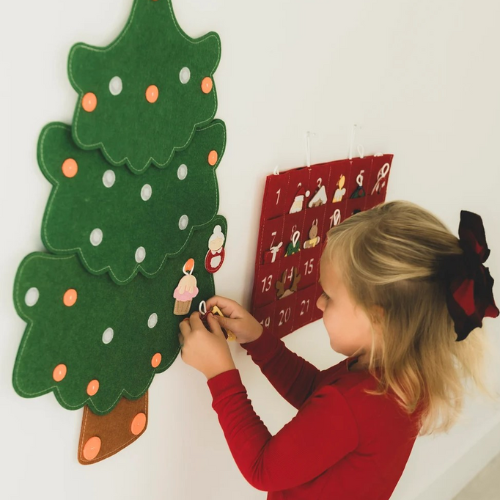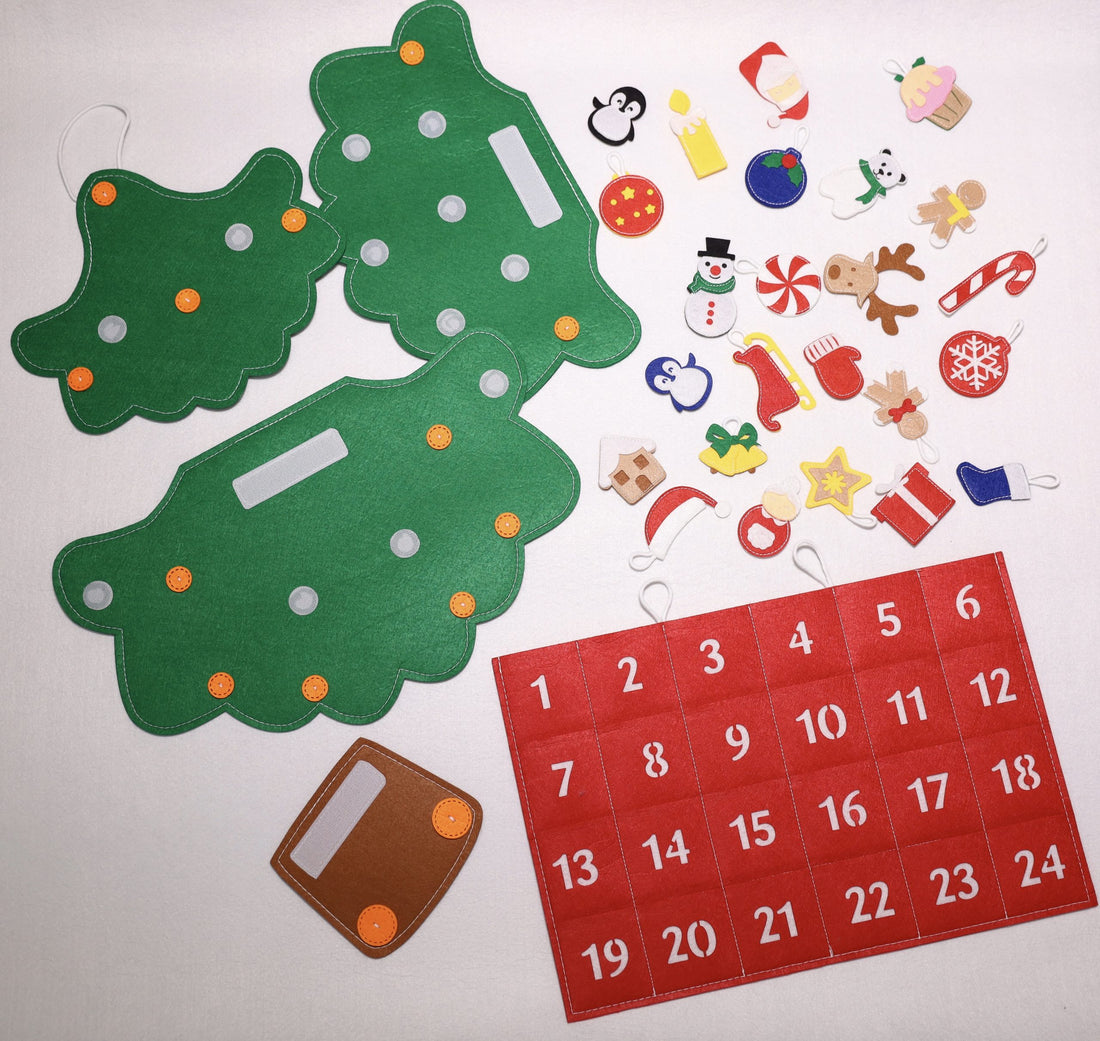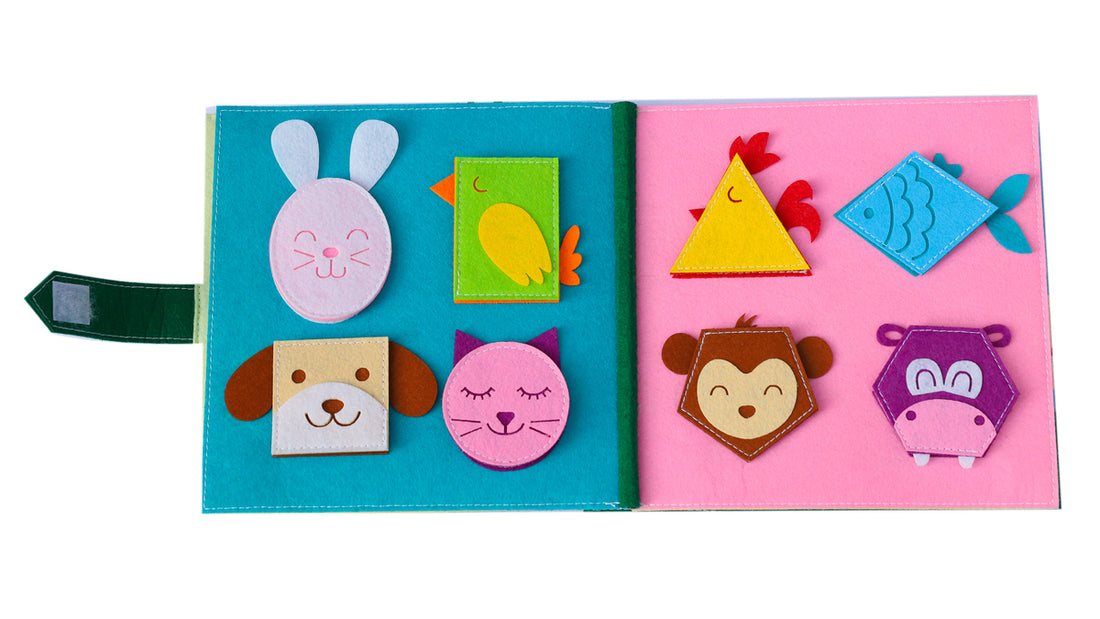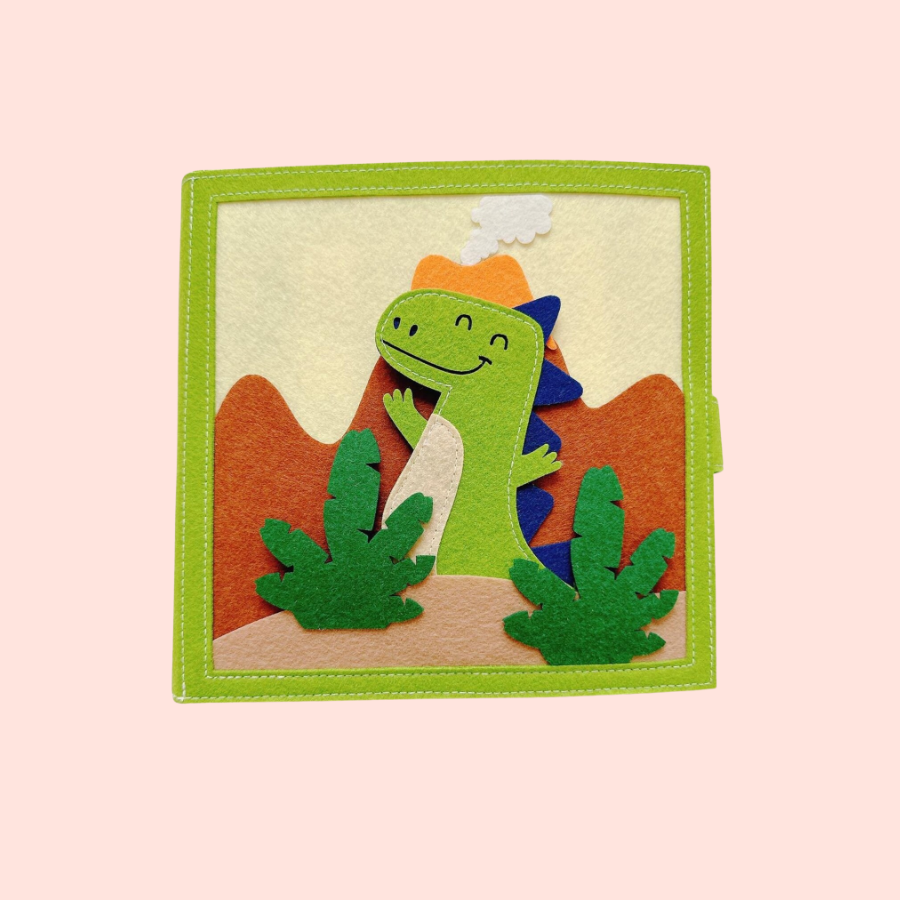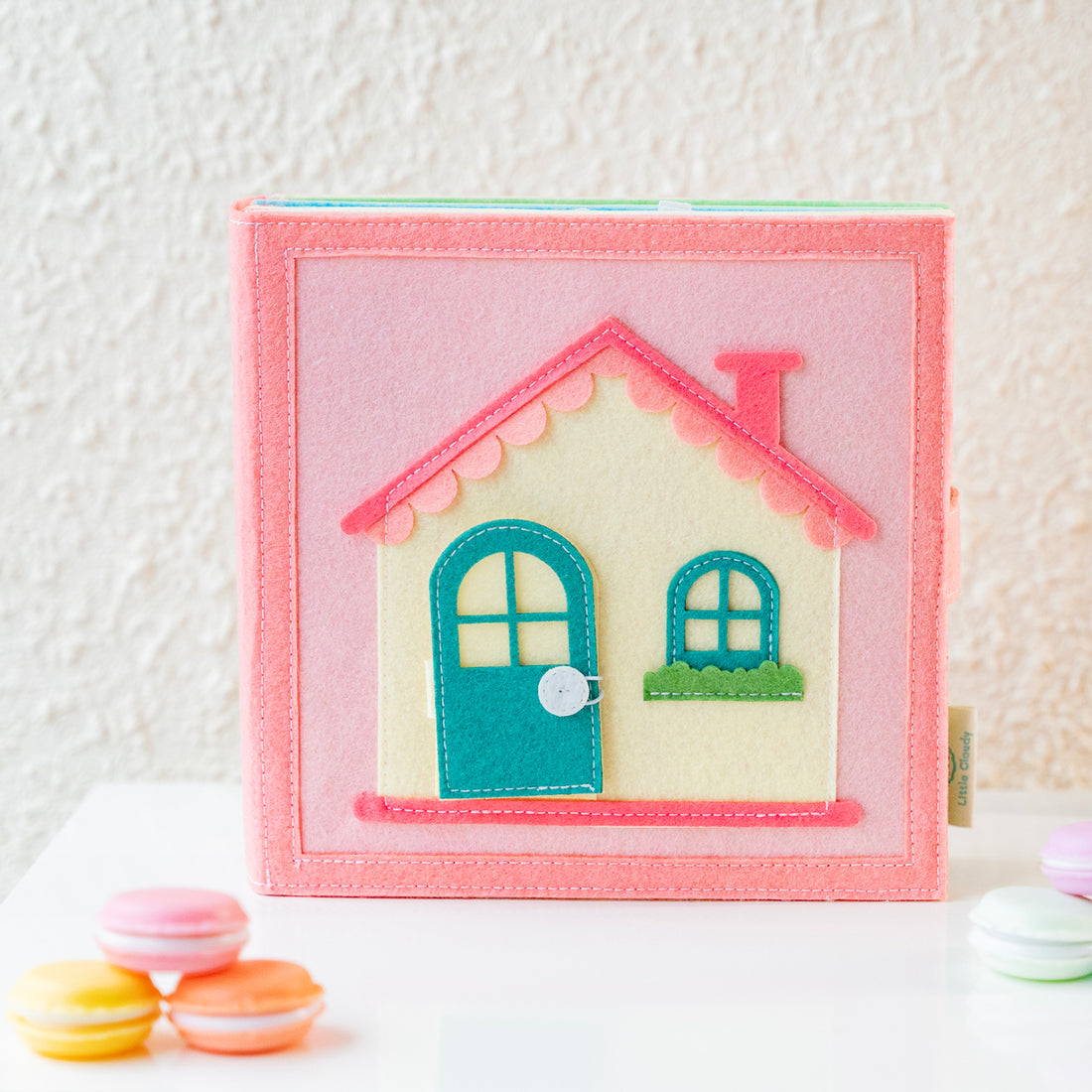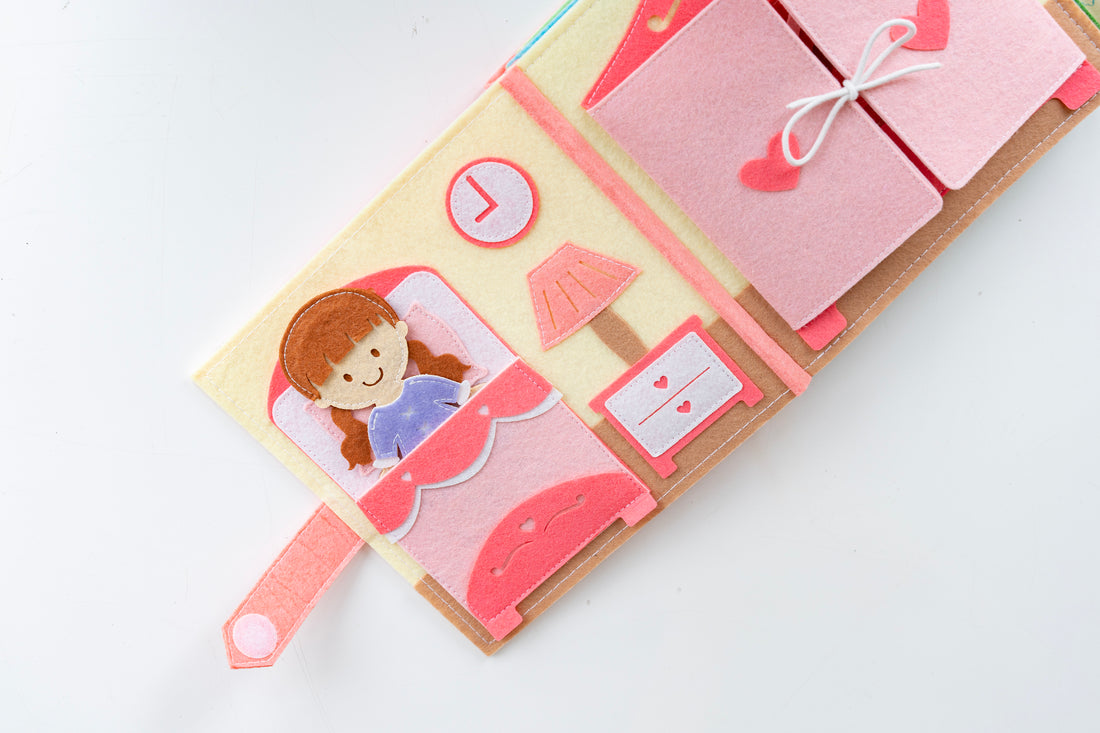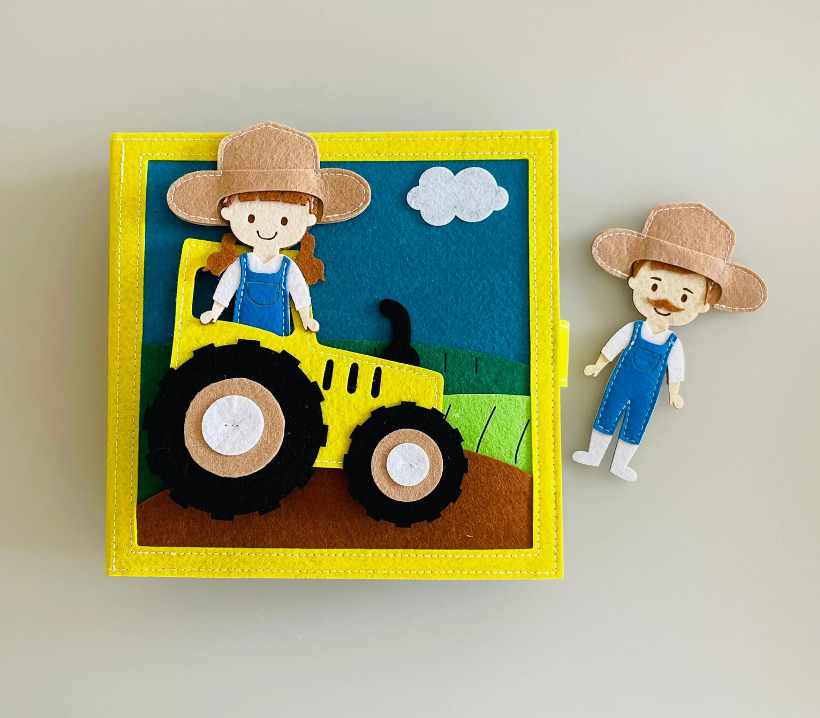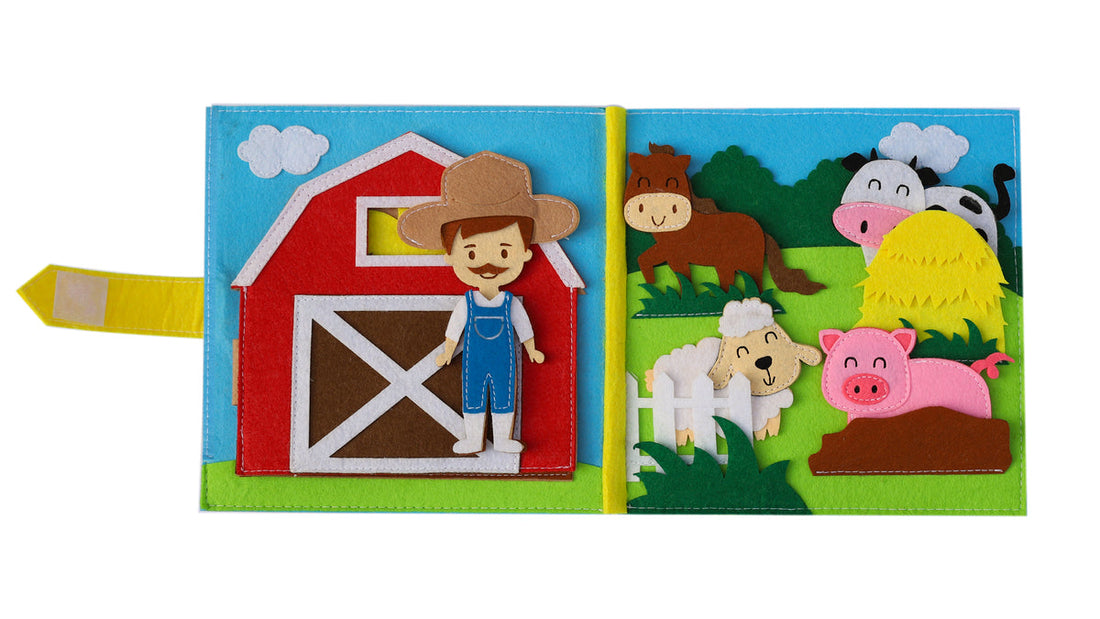Dive into the enchanting realm of alphabet busy books and handmade felt books. They're not just fun, they're learning tools that can boost your little one's development.
We'll guide you on how to use them effectively and even show you how to create your own.
Ready to spark your child's love for letters? Let's explore together.
Understanding the Importance of Alphabet Busy Books for Toddlers

Well, it's all about fostering early literacy skills. These books are designed to be interactive, encouraging your little one to physically engage with the letters. This hands-on experience makes learning more fun and memorable.
It's not just about recognizing A, B, or C on a page. It's about touching, feeling, and interacting with the letters. This tactile learning helps develop fine motor skills too, an essential aspect of your toddler's growth.
Alphabet busy books are a stepping stone to reading, making the learning process more comfortable and enjoyable for your child. So, don't underestimate the power of these books; they're more than just a fun activity, they're a crucial learning tool.
The Magic of Handmade Felt Books in Early Literacy

Their colorful pages are a feast for the eyes, and the soft textures invite touch. Each letter becomes an adventure, sparking curiosity and fostering a love for letters. The magic of these handmade felt books lies in their ability to transform learning into a captivating, hands-on experience.
How to Effectively Use Alphabet Busy Books With Your Toddler

You can guide your toddler to trace the textured letters, promoting their fine motor skills and letter recognition. Don't rush it, let them explore at their own pace. Remember, learning's more effective when it's fun.
Also, you can create stories around each letter, improving their vocabulary and imaginative skills. So, bring out that alphabet busy book and turn your child's playtime into an exciting learning adventure.
Crafting Your Own Felt Handmade Book: A Guide for Parents

First, gather your materials: felt, scissors, glue, and a marker. Cut out 26 pages for the letters and additional ones for the cover. Write each letter on a separate page, then stick corresponding pictures. For example, an apple for 'A'.
Make sure you're involving your toddler during the process. They'll love their personalized book more if they're part of its creation. It's fun, it's educational, and it's a project you'll both cherish.
The Impact of Alphabet Busy Books and Felt Handmade Books on Toddler Development

You'll find that creating these tactile resources can significantly aid your child's learning development, making the learning process much more engaging and effective.
Alphabet busy books and felt handmade books aren't just playthings, they're developmental tools. They stimulate your toddler's senses, specifically touch, which is crucial in early learning. They also promote fine motor skills as your child traces the letters, turns pages, and engages with interactive elements.
And don't underestimate the power of color! Brightly colored letters and pictures attract your little one's attention, aiding in visual learning and memory retention.
What Age Is Appropriate for Introducing Alphabet Busy Books to My Toddler?
You're wondering when to introduce alphabet busy books to your toddler. Generally, it's suitable around 18 months to 2 years old. They're starting to grasp language and these books can enhance their letter recognition skills.Are There Any Safety Concerns Related to Alphabet Busy Books and Felt Handmade Books?

Yes, there can be safety concerns with any children's book. Always check for small, loose parts that could be a choking hazard. Ensure the book's materials aren't toxic and the edges aren't sharp.
What Other Tools or Resources Can Complement the Use of Alphabet Busy Books in Teaching Toddlers?
You can complement alphabet busy books with flashcards, educational toys, and digital learning apps. They'll help reinforce learning, making it fun and interactive. Remember, variety keeps toddlers engaged and enhances their learning experience.
How Do Alphabet Busy Books Compare to Other Early Literacy Tools in Terms of Effectiveness?
You're comparing alphabet busy books to other early literacy tools. In terms of effectiveness, they're outstanding. They engage toddlers' senses and promote active learning, often outperforming other tools in holding a child's interest.
Can Toddlers With Learning Difficulties Benefit From Alphabet Busy Books and Felt Handmade Books?
Absolutely! You'll find that alphabet busy books and felt handmade books can provide engaging, tactile learning experiences that can be beneficial for toddlers with learning difficulties. They're effective, adaptable tools for early literacy.Incorporating alphabet busy books and felt handmade books into your toddler's routine is a game-changer. They're not only fun, but they also boost early literacy skills. Using these books effectively fosters a love for reading and learning.
By crafting your own, you add a personal touch while sparking creativity. The impact on your toddler's development is profound, setting a solid foundation for future learning.
You've got this, parent!
